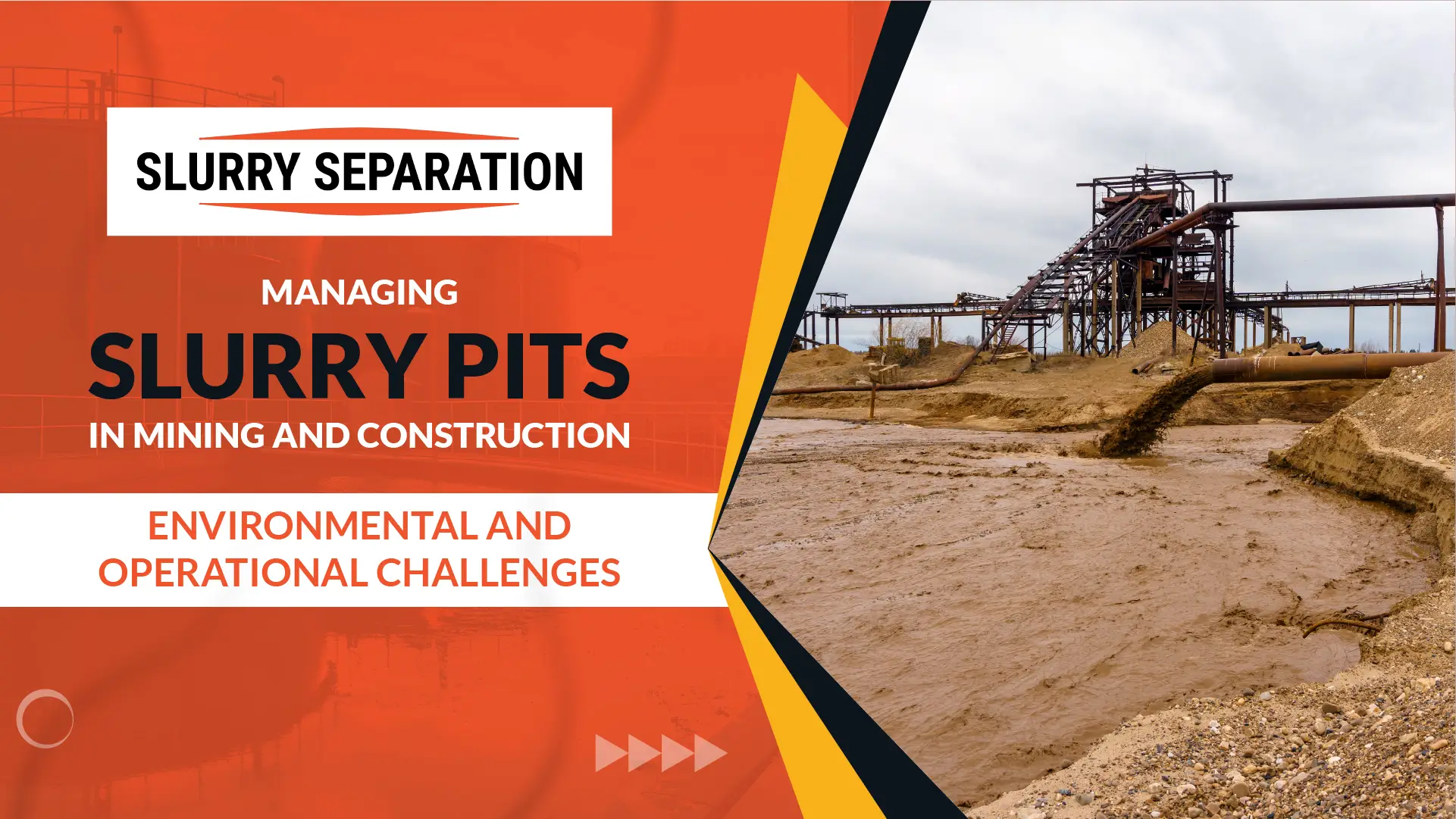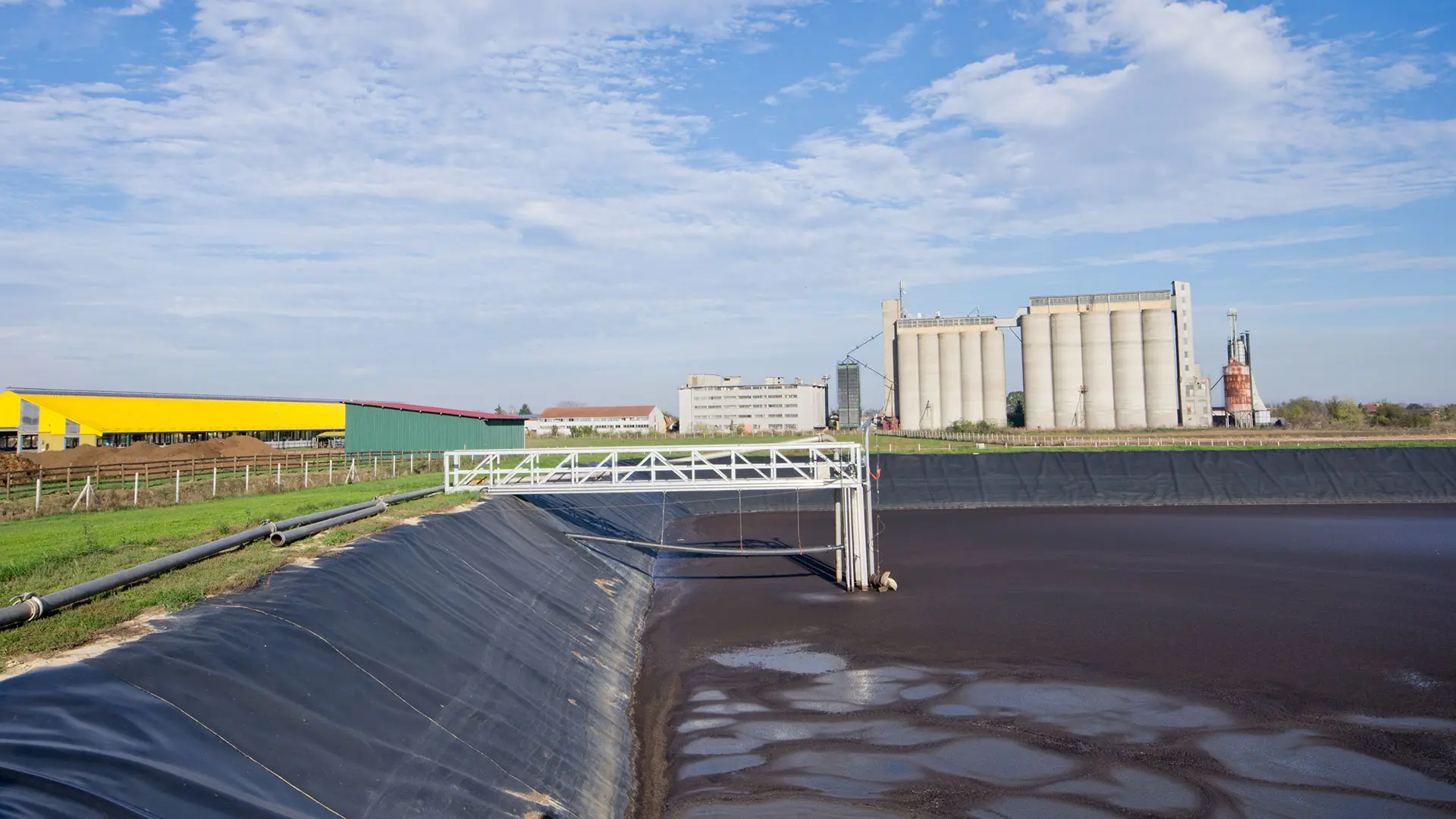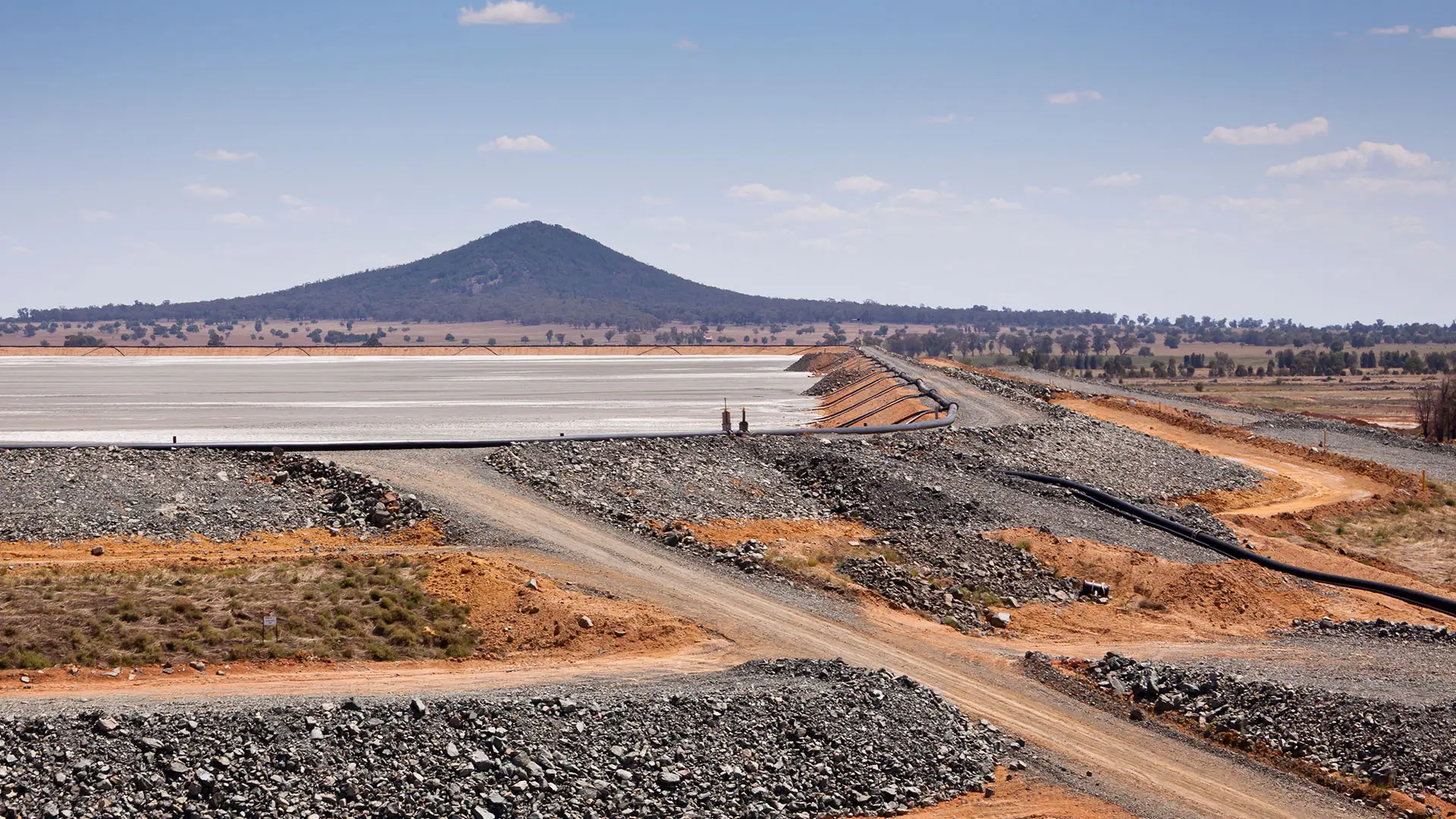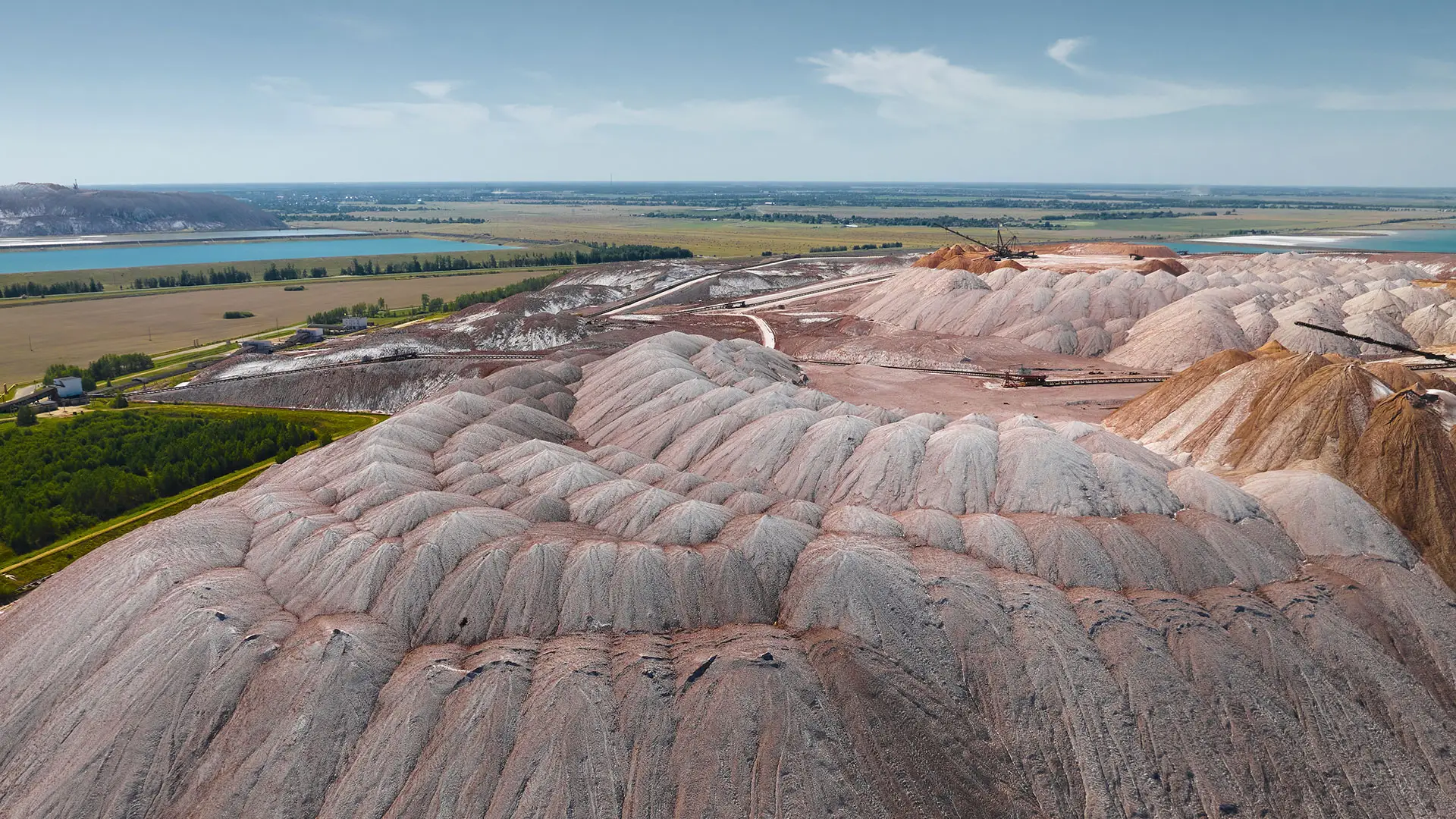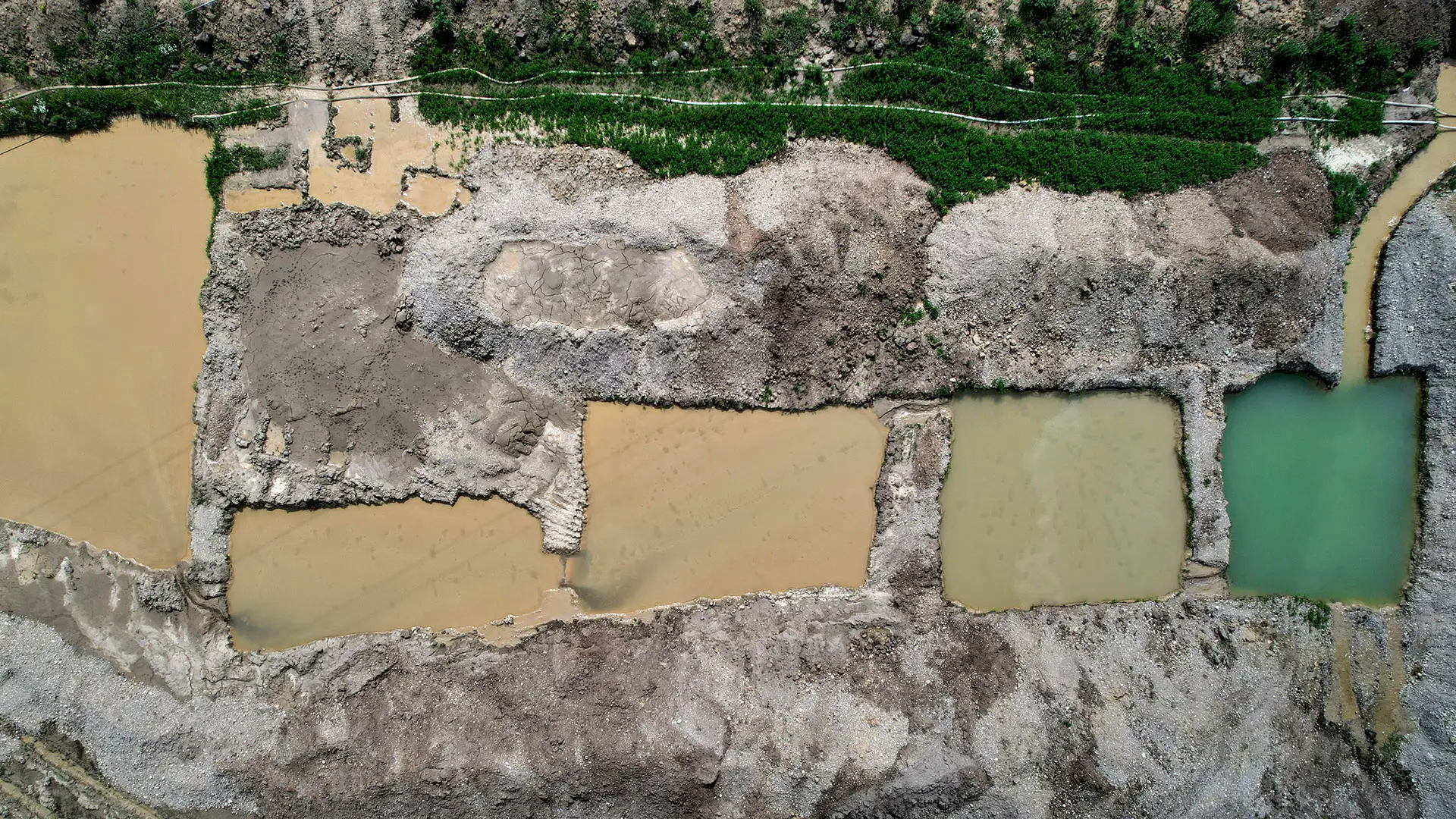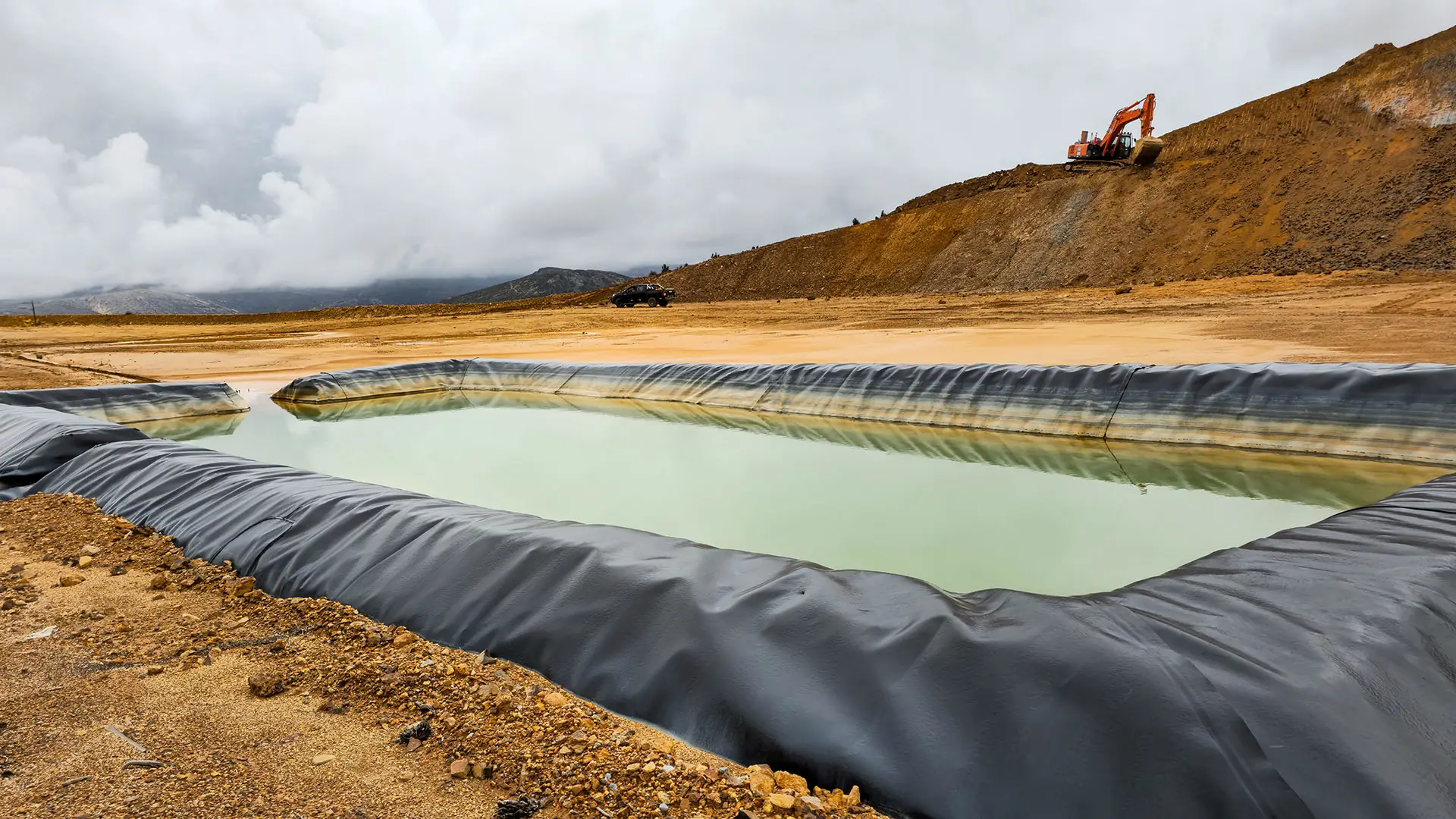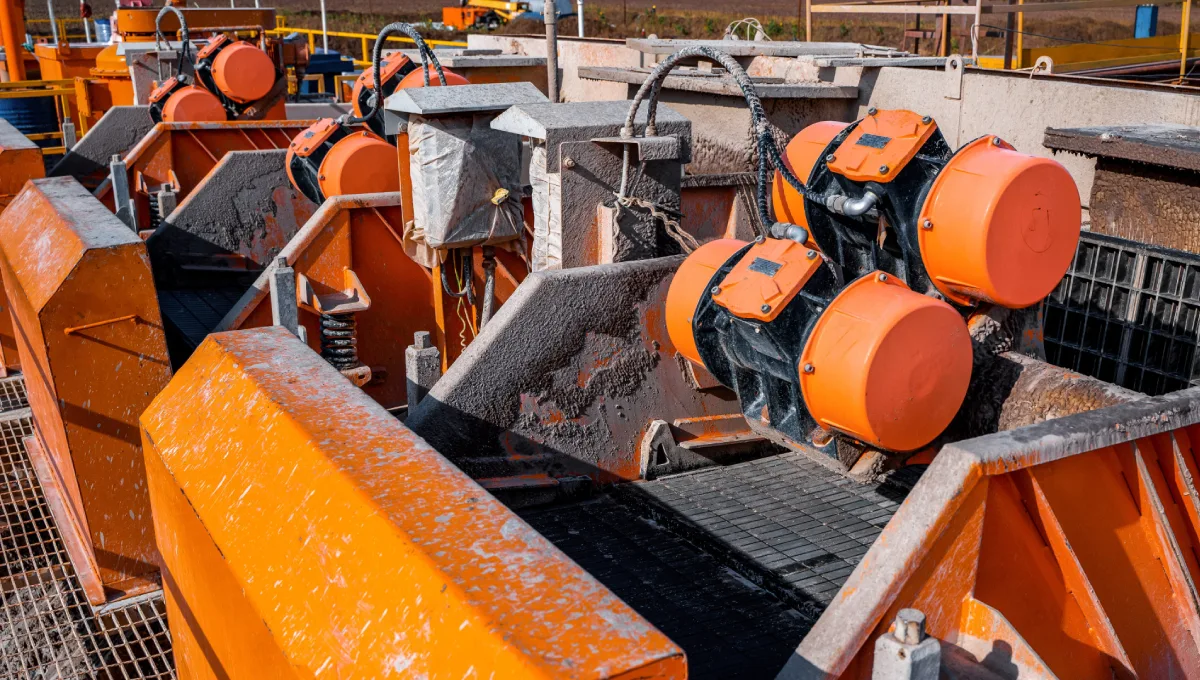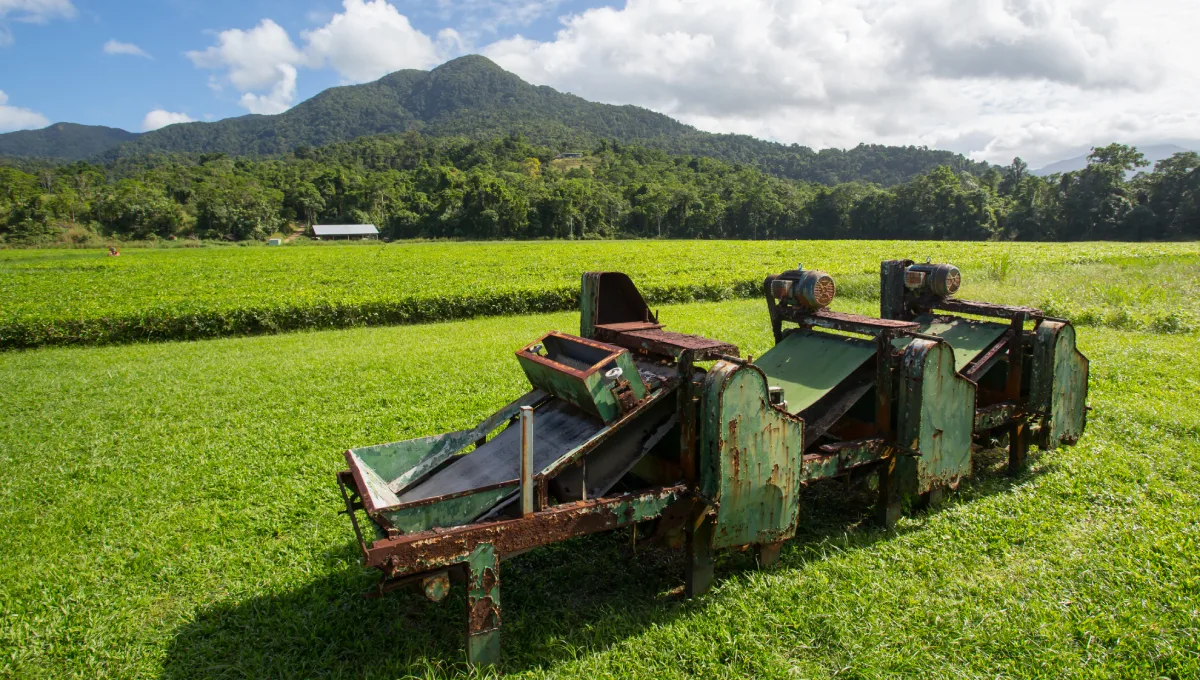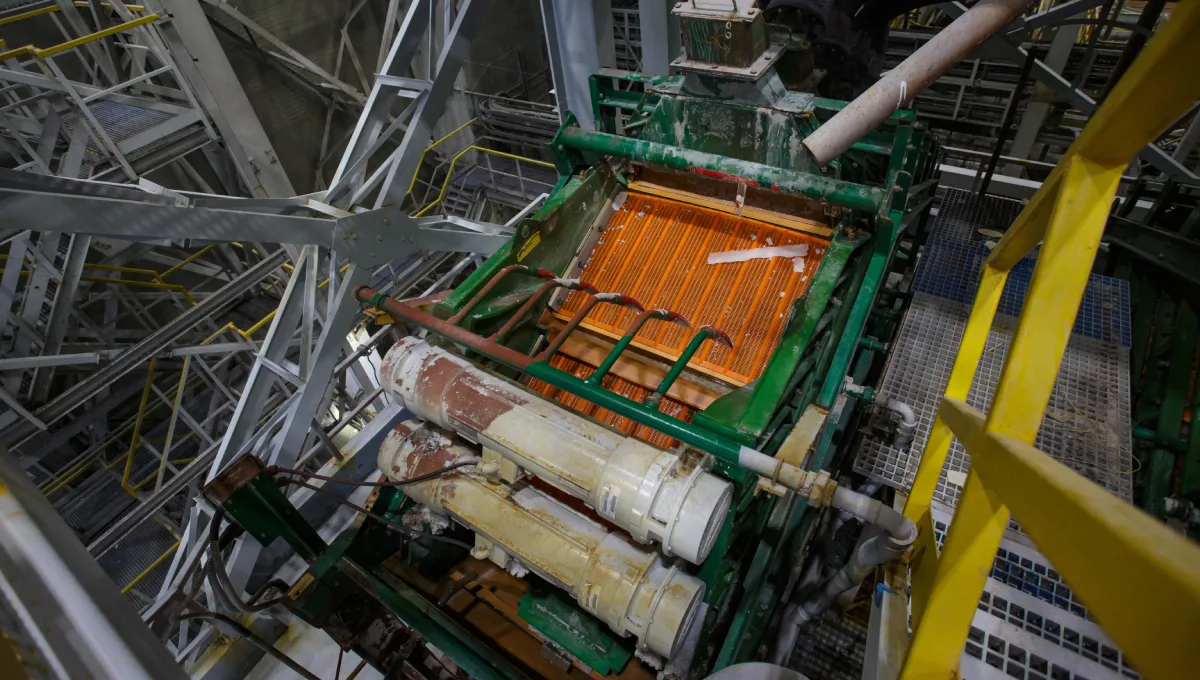A slurry lagoon is a critical component in mining and construction operations. It serves as a containment area for liquid and semi-solid waste materials. These pits store and manage slurry, a mixture of water, fine particles, and sediments generated during excavation, drilling, and mineral processing. Proper slurry lagoon management is essential to prevent environmental contamination, maintain operational efficiency, and comply with industry regulations.
Understanding what is a slurry pit and its role in industrial activities is crucial for mitigating environmental risks. Poorly managed slurry pits can lead to groundwater contamination, air pollution, and operational inefficiencies, increasing project costs and long-term liabilities. Leachate infiltration from unlined slurry pits can introduce harmful chemicals into water sources, while improper dewatering methods can result in excessive waste accumulation and disposal challenges.
A well-managed system allows for effective sedimentation, solid-liquid separation, and controlled disposal of slurry materials. Implementing best practices, such as using impermeable liners, installing high-performance slurry pumps, and adopting sustainable dewatering methods, can significantly reduce environmental impact. Additionally, regulatory compliance plays a crucial role in operations, ensuring that industrial waste handling aligns with environmental safety standards.
Industries must also consider automation and monitoring technologies to enhance slurry lagoon management. By integrating real-time monitoring systems, companies can track slurry levels, detect potential leaks, and optimize dewatering efficiency. Moreover, sustainable approaches such as water recycling and repurposing solid waste for construction applications can contribute to more responsible waste management.
This article explores what is a slurry pit, the environmental and operational challenges associated with it, and the best strategies to improve efficiency and sustainability in mining and construction. Implementing proactive management techniques ensures compliance, reduces costs, and promotes long-term environmental stewardship.
Understanding Slurry Pits
What is a Slurry Pit and Its Role in Mining and Construction?
A slurry pit is a designated containment area where liquid waste and semi-solid residues from industrial activities are stored and treated before disposal or reuse. Found in mining and construction sites, these pits collect tailings, drilling mud, excavation waste, and concrete slurry. Understanding what is a slurry pit is essential for effective waste management and regulatory compliance.
Slurry lagoons serve multiple functions, including:
- Containing waste materials to prevent contamination of surrounding soil and water sources.
- Facilitating dewatering processes to separate solids from liquids.
- Managing sedimentation and treatment before disposal or reuse.
Without proper slurry lagoon management, these materials can contribute to environmental pollution, increased operational costs, and equipment inefficiencies.
Types of Slurry Generated
The composition of slurry varies depending on the industry and specific processes involved. Common types include:
- Mineral Tailings – Residues from ore processing that contain fine particles, chemicals, and water.
- Drilling Mud – A combination of water, clay, and additives used in construction and mining drilling operations.
- Concrete Slurry – Excess water mixed with cement, sand, and aggregates from construction activities.
- Dredged Slurry – Sediment and debris removed from waterways during dredging projects.
Challenges Posed by Different Types of Slurry
- High Water Content: Effective water separation is necessary for proper disposal and recycling within a slurry lagoon.
- Sedimentation and Clogging: Thick slurries can clog pipes and pumps, reducing efficiency.
- Chemical Contaminants: Some slurries contain hazardous chemicals that require specialized treatment before disposal.
Understanding what a slurry pit is and how to properly manage its contents is crucial for ensuring environmental safety and operational efficiency. By implementing advanced dewatering techniques and maintaining well-designed slurry pits, industries can enhance sustainability and minimize risks.
Environmental Challenges of Slurry Pit Management
Soil and Water Contamination
One of the most significant environmental risks of slurry pits is leachate infiltration, where contaminated water seeps into groundwater supplies. If a slurry lagoon is not properly lined, toxic metals, chemicals, and suspended solids can migrate into nearby soil and water sources, causing long-term environmental damage. Contaminants such as arsenic, lead, and hydrocarbons can affect both wildlife and human populations that rely on groundwater for drinking and irrigation.
Understanding what is a slurry pit and implementing proper containment measures is critical to reducing soil and water contamination.
Mitigation Strategies:
- Lining slurry pits with impermeable membranes or clay barriers to prevent seepage.
- Regular monitoring of groundwater quality near slurry lagoon sites to detect early signs of contamination.
- Using dewatering and filtration systems to treat slurry before disposal reduces hazardous elements.
- Employing sedimentation basins and chemical treatments to neutralize harmful substances.
Air Quality and Odor Control
Drying slurry can release airborne dust, fine particles, and unpleasant odors, affecting local air quality and creating health risks for nearby communities and workers. Airborne contaminants, including silica, heavy metals, and volatile organic compounds (VOCs), can cause respiratory issues and contribute to environmental pollution. Additionally, decomposing organic materials in slurry may emit methane and hydrogen sulfide, leading to foul odors.
Understanding what is a slurry pit and its impact on air quality is crucial for effective environmental management.
Mitigation Strategies:
- Water misting and dust suppression systems to minimize airborne particle emissions.
- Using chemical additives or biological treatments to break down odor-causing compounds.
- Encapsulation of slurry pits with covers or barriers to limit exposure to wind and sun.
- Installing air filtration systems in high-risk areas to capture hazardous particulates.
Compliance with Environmental Regulations
Strict environmental regulations govern slurry lagoon disposal and management to protect ecosystems and human health. These regulations vary by region but generally focus on preventing soil and water contamination, controlling air emissions, and ensuring responsible waste disposal. Companies that fail to comply with these regulations face hefty fines, legal action, and reputational damage.
Key regulatory concerns include:
- Discharge limits for water effluents, ensuring that treated slurry water meets quality standards before being released.
- Waste disposal methods and site restoration mandates require companies to rehabilitate slurry pits after use.
- Monitoring and reporting obligations, including regular inspections, documentation, and compliance checks.
Mitigation Strategies:
- Staying updated on environmental laws and best practices to ensure compliance.
- Implementing wastewater treatment processes such as chemical precipitation, filtration, and bioremediation.
- Partnering with regulatory agencies and environmental experts to develop safe and sustainable slurry disposal plans.
- Training employees on best management practices for slurry handling and environmental protection.
Slurry Disposal and Sustainability
Sustainable slurry lagoon disposal is an increasing concern as industries seek environmentally responsible alternatives to conventional waste management. Traditionally, slurry waste has been disposed of in landfills, but this practice contributes to soil degradation, water pollution, and loss of valuable materials. Instead, industries are now focusing on recycling and repurposing slurry waste to minimize environmental impact.
Sustainable Approaches:
- Dewatering and repurposing solids for use in construction materials, such as bricks, road bases, or concrete mixtures.
- Water recovery and reuse for industrial processes, reducing overall water consumption.
- Utilizing geotextile tubes to separate solids from liquid slurry, enabling efficient material recovery.
- Employing advanced filtration and treatment technologies to convert slurry waste into reusable industrial resources.
By improving disposal methods and integrating sustainability into slurry lagoon management, industries can reduce their environmental footprint while improving efficiency and regulatory compliance.
Operational Challenges in Slurry Pit Management
Slurry Handling and Transportation
Slurries with varying viscosities require specialized handling systems to ensure efficient movement and processing. Poorly designed pipelines or improperly selected pumps can lead to blockages, sedimentation, and reduced flow rates, which can affect overall operations.
Solutions:
- Selecting appropriate slurry pumps based on particle size, density, and viscosity.
- Using agitation systems to prevent sedimentation within the slurry lagoon and pipelines.
- Designing pipelines with proper inclinations to facilitate smooth slurry transportation and avoid clogging.
Dewatering and Solid-Liquid Separation
Effective dewatering is crucial for reducing slurry volume, improving disposal efficiency, and reclaiming water for reuse. Common dewatering methods include:
- Mechanical dewatering (filter presses, centrifuges) for efficient solid-liquid separation.
- Settling ponds and gravity separation allow suspended solids to settle naturally.
- Geotextile dewatering bags to filter out fine particles while draining excess water.
Pit Design and Maintenance
A well-designed slurry lagoon improves operational efficiency and prevents structural failures. Important design considerations include:
- Proper depth and slope to facilitate drainage and sediment management.
- Regular sediment removal to maintain pit capacity and prevent overflows.
- Use of liners and leak detection systems to minimize contamination risks.
Equipment Selection for Efficiency
Choosing the right equipment enhances slurry lagoon management. Recommended solutions include:
- High-performance slurry pumps (centrifugal, submersible, or diaphragm) for effective fluid movement.
- Dredging equipment to remove built-up sediment and maintain pit function.
- Automated monitoring systems to track slurry levels and detect potential issues.
Understanding what is a slurry pit and implementing the right strategies ensures smoother operations and compliance with environmental standards.
Best Practices for Effective Slurry Pit Management
Implementing Advanced Dewatering Techniques
Efficient dewatering is crucial for reducing waste volume and improving slurry management. Utilizing filter presses, thickeners, and centrifuges allows for effective water removal while separating solids for further processing or disposal. Proper dewatering ensures that a slurry lagoon does not overflow or become a source of environmental contamination.
Utilizing High-Performance Slurry Pumps
Choosing the right pumps is essential for handling abrasive materials and varying viscosities. High-performance slurry pumps ensure continuous movement of slurry without excessive wear or blockages. These pumps improve efficiency by maintaining consistent flow rates and preventing sediment buildup in slurry pits.
Monitoring and Automation for Real-Time Slurry Management
Modern technology enables real-time monitoring of slurry lagoon conditions. Installing sensors and IoT-based monitoring systems helps track fluid levels, detect leaks, and optimize pump performance. Automated systems improve operational control while reducing the need for manual interventions.
Sustainable Practices to Minimize Environmental Impact
Industries must adopt sustainable approaches to slurry management. Recycling water and solid waste from slurry treatment reduces environmental impact and conserves valuable resources. Additionally, using alternative disposal methods like bioremediation ensures that harmful contaminants are neutralized before disposal.
Understanding what a slurry lagoon is and implementing best practices ensures efficient operations while maintaining compliance with environmental standards.
Future Trends and Innovations in Slurry Pit Management
Emerging Technologies in Slurry Processing and Treatment
Advancements in slurry processing are improving efficiency and sustainability. Electrocoagulation and chemical treatments enable rapid particle separation, making it easier to extract solids from liquid waste. Additionally, advanced filtration membranes enhance water purification, allowing industries to recycle water and reduce dependency on freshwater sources. These technologies help minimize environmental impact while ensuring that slurry pits remain functional and compliant with regulations.
AI and Automation for Monitoring and Control
Automation is transforming slurry lagoon management, improving both efficiency and safety. Smart pumps with automated flow adjustments optimize slurry movement, preventing clogging and reducing energy consumption. Meanwhile, AI-driven predictive maintenance allows operators to detect potential equipment failures before they occur, reducing downtime and maintenance costs. By leveraging these innovations, industries can enhance operational control and extend the lifespan of their slurry lagoon infrastructure.
Innovations in Eco-Friendly Slurry Disposal and Repurposing
Sustainable disposal methods are essential for reducing waste. Industries are transforming slurry solids into bricks or backfill material, reducing the need for landfilling. Additionally, biotechnology-based wastewater treatments offer eco-friendly solutions for processing contaminated slurry water. Understanding what is a slurry lagoon and how to integrate sustainable solutions will be crucial for future slurry management strategies.
Conclusion
Effective sludge pit management is essential for the mining and construction industries to maintain a balance between operational efficiency and environmental responsibility. Without proper handling, slurry pits can contribute to soil contamination, air pollution, and water pollution, leading to regulatory violations and increased costs. Addressing these challenges requires a strategic approach that includes advanced technologies, strict compliance with environmental regulations, and the adoption of sustainable practices.
Understanding what is a slurry pit and how to manage it efficiently ensures that waste materials are processed, treated, and disposed of responsibly. Companies can improve their operations by integrating high-performance slurry pumps, automated monitoring systems, and innovative dewatering techniques. Additionally, utilizing sustainable waste disposal methods, such as water recycling and solid repurposing, can significantly reduce the environmental impact of slurry management.
By implementing best practices, staying updated on industry innovations, and leveraging new technologies, companies can optimize their sludge pit operations while reducing long-term costs. A proactive approach to slurry management ensures compliance with environmental laws, enhances operational efficiency and promotes long-term sustainability in industrial operations. Understanding what is a slurry pit and adopting the right strategies will continue to be critical for minimizing waste, conserving resources, and protecting the environment.

